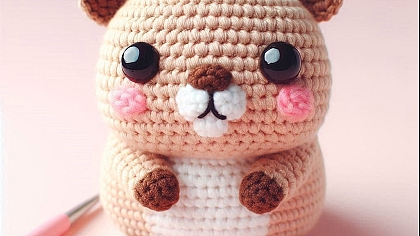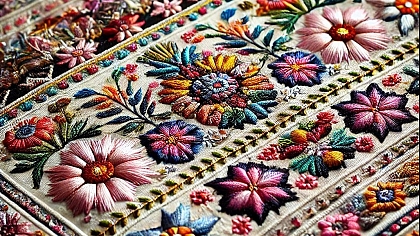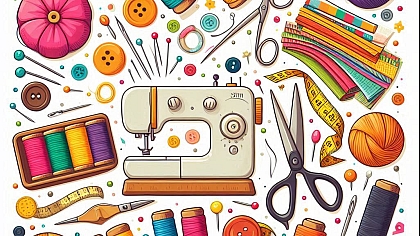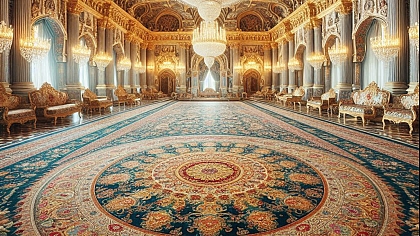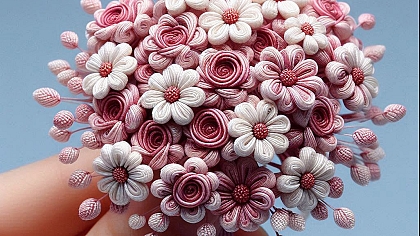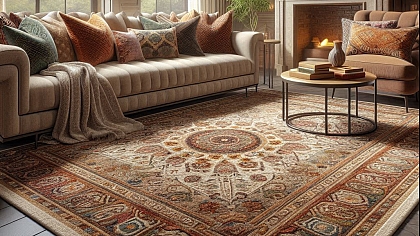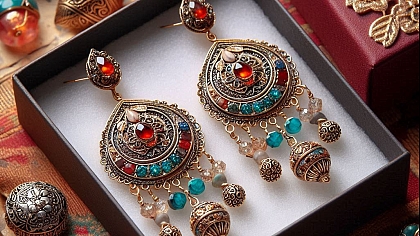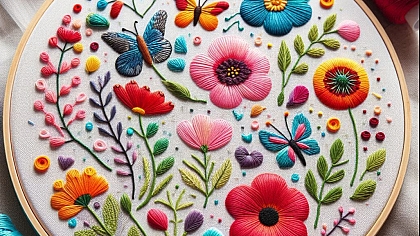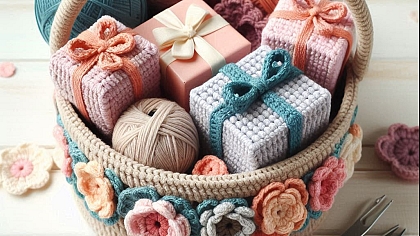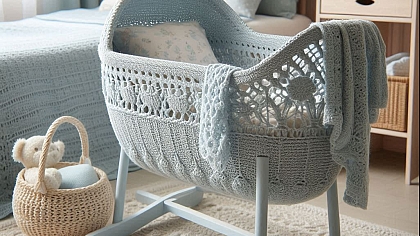
Weaving as a Cultural Connector: Crafting Global Tapestries
As weaving traditions continue to evolve and adapt in the modern era, they also serve as a bridge connecting cultures and fostering a global appreciation for diverse artistic expressions. International collaborations and cultural exchanges have brought together weavers from different parts of the world, allowing them to share techniques, ideas, and inspirations. This cross-cultural dialogue enriches the craft, creating new forms of artistic expression while preserving traditional methods.
In recent decades, there has been a growing movement to celebrate and revive traditional weaving practices across the globe. This renaissance has been driven by a combination of factors, including a renewed interest in handmade crafts, sustainable fashion, and cultural heritage preservation. Artisans and designers are increasingly turning to traditional weaving techniques to create contemporary textiles that honor historical practices while meeting modern demands.
One notable example is the resurgence of interest in Japanese sashiko embroidery, a form of folk art that originated in rural Japan. Historically, sashiko was used to reinforce and repair garments, but it has evolved into a decorative art form that celebrates the beauty of simplicity and repetition. Contemporary artists have embraced sashiko as a means of connecting with their cultural heritage while creating innovative designs that resonate with global audiences. Similarly, the traditional weaving techniques of the Navajo people are being celebrated and reinterpreted in contemporary art and fashion, showcasing the enduring relevance and beauty of Indigenous craftsmanship.
Weaving and Sustainability: The Art of Responsible Craftsmanship
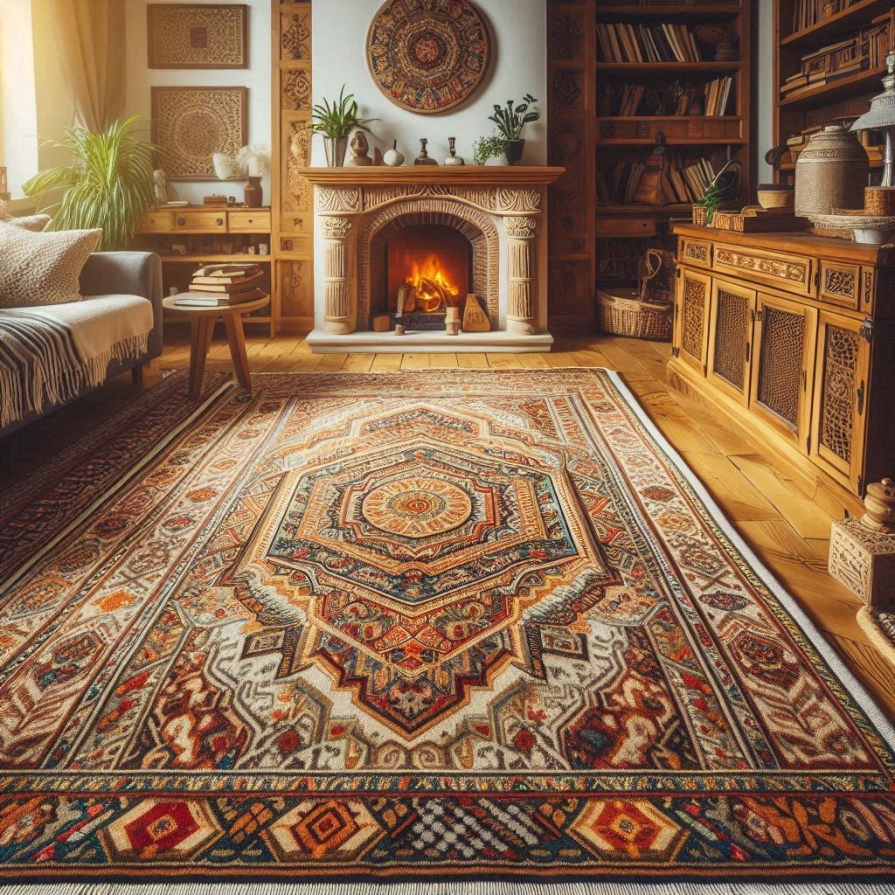
In today’s world, where sustainability is an increasingly urgent concern, weaving offers a pathway to more environmentally responsible practices in the textile industry. The shift from mass-produced, synthetic fabrics to handcrafted, natural textiles represents a growing movement towards sustainability and ethical consumption. Handwoven textiles, often made from natural fibers like cotton, wool, and silk, tend to have a lower environmental impact compared to their machine-made counterparts.
The revival of traditional weaving practices is also contributing to sustainable fashion by promoting the use of local materials, reducing waste, and supporting small-scale artisans. Many contemporary weavers are incorporating recycled or upcycled materials into their work, creating textiles that are both environmentally friendly and artistically innovative. For example, some weavers use discarded fabric scraps or reclaimed yarns to create new, one-of-a-kind pieces, reducing the need for new raw materials and minimizing textile waste.
Moreover, the emphasis on slow fashion—where quality and craftsmanship take precedence over fast trends—aligns with the values inherent in traditional weaving. By investing in handcrafted textiles that are made with care and attention to detail, consumers are supporting sustainable practices and preserving cultural heritage. This shift towards responsible craftsmanship highlights the broader impact of weaving on environmental and social issues, underscoring its role in shaping a more sustainable and equitable future.
Weaving in Contemporary Art and Design: Reviving Traditions
The intersection of weaving with contemporary art and design has led to a resurgence of interest in this ancient craft, with many artists and designers incorporating weaving techniques into their work. This revival has brought weaving into new contexts, showcasing its versatility and relevance in the modern world.
Contemporary artists are exploring weaving not only as a traditional craft but also as a medium for innovative artistic expression. For example, textile artists are using traditional weaving techniques to create abstract, sculptural pieces that challenge conventional notions of textile art. These artists often experiment with unconventional materials and techniques, pushing the boundaries of what weaving can achieve. The result is a dynamic and evolving art form that bridges the gap between tradition and modernity.
In the world of design, weaving has also found a place in interior decor and architectural spaces. Designers are using woven textiles to create stunning visual effects, from intricately patterned wall hangings to functional art pieces. The tactile quality of woven materials adds a layer of depth and richness to interior spaces, enhancing both their aesthetic appeal and their functional characteristics. This blending of traditional techniques with contemporary design sensibilities highlights the ongoing relevance and adaptability of weaving in the modern era.
The Future of Weaving: Crafting New Possibilities
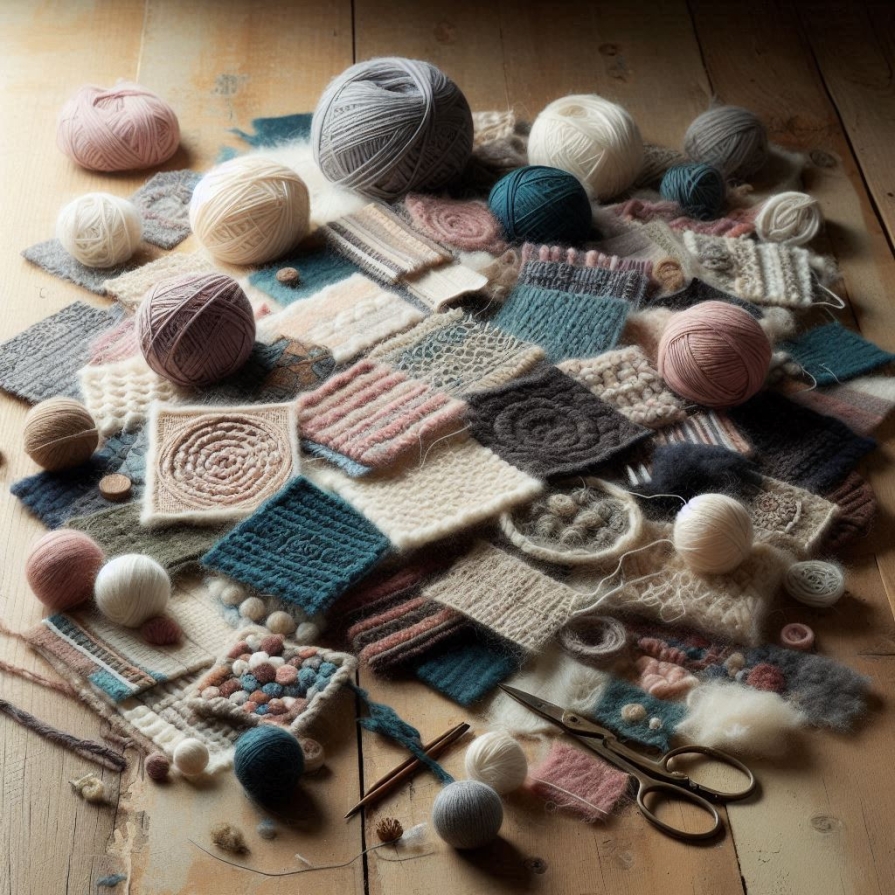
As we look to the future, the craft of weaving faces both challenges and opportunities. The preservation of traditional techniques and cultural heritage is essential, but so is embracing innovation and change. The continued evolution of weaving will likely involve a synthesis of old and new, combining time-honored practices with emerging technologies and contemporary design trends.
One area of growth is the integration of digital technologies into the weaving process. Advances in textile design software and digital looms are allowing weavers to explore new patterns and techniques with greater precision and efficiency. These technologies offer exciting possibilities for creating complex, intricate designs that would be difficult to achieve with traditional methods alone. At the same time, the use of digital tools does not negate the value of manual craftsmanship; rather, it complements and enhances the weaver’s creative vision.
Education and advocacy also play crucial roles in shaping the future of weaving. By fostering a greater appreciation for the craft and supporting emerging artisans, we can ensure that weaving continues to thrive as a living tradition. Programs that promote traditional weaving techniques, provide training and resources, and create platforms for showcasing the work of contemporary weavers are vital for preserving the art form and inspiring future generations.
The future of weaving is also closely tied to the broader cultural and societal shifts occurring around the world. As communities increasingly recognize the importance of preserving cultural heritage and supporting sustainable practices, weaving will continue to be a symbol of creativity, resilience, and interconnectedness. The craft’s ability to adapt to changing contexts while maintaining its core values makes it a powerful medium for expressing human experience and connection.
Weaving the Tapestry of Humanity
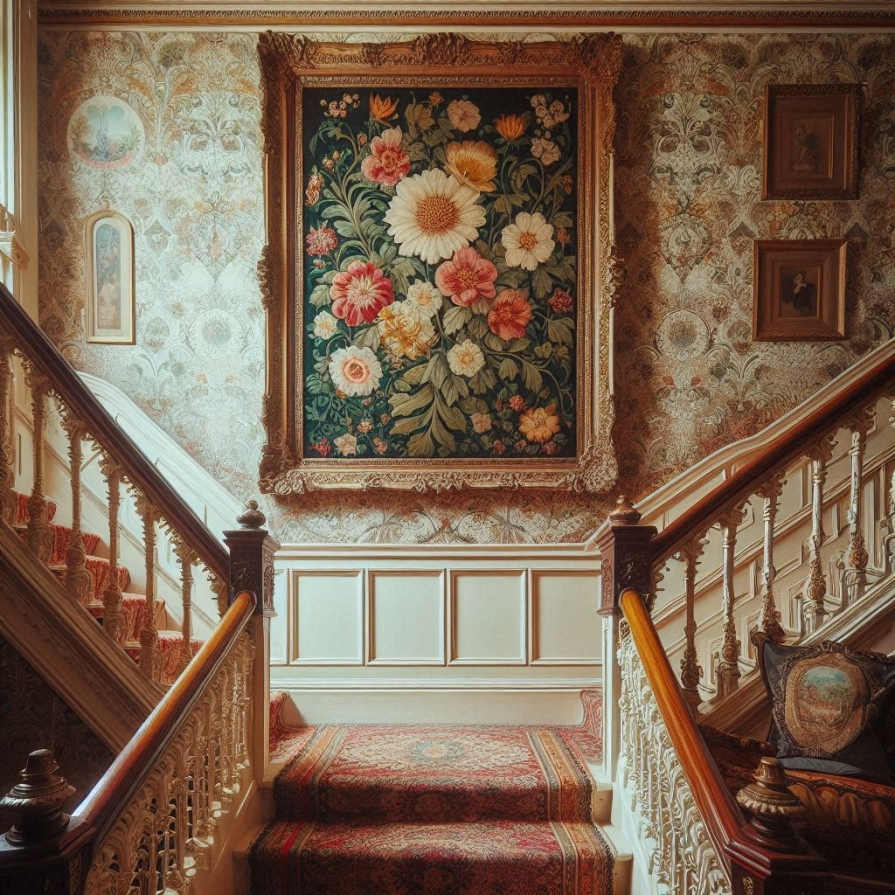
Weaving is much more than the creation of fabric; it is a profound expression of human creativity, cultural identity, and historical continuity. From the ancient looms of Mesopotamia to the contemporary art studios of today, weaving has woven itself into the very fabric of human existence, reflecting the diverse and dynamic nature of our global heritage.
The threads of time that connect us to our past, present, and future are embodied in the intricate patterns and designs of woven textiles. Each piece of fabric, whether a centuries-old ceremonial garment or a modern fashion statement, tells a story of its own—one of tradition, innovation, and shared humanity. As we continue to explore and celebrate the art of weaving, we are reminded of the enduring power of this timeless craft to connect us across cultures, generations, and borders.
In embracing both the ancient and the contemporary aspects of weaving, we honor the rich tapestry of human experience and creativity. By recognizing and preserving the cultural significance of weaving, we ensure that this vital art form continues to inspire and enrich our lives, one thread at a time.

